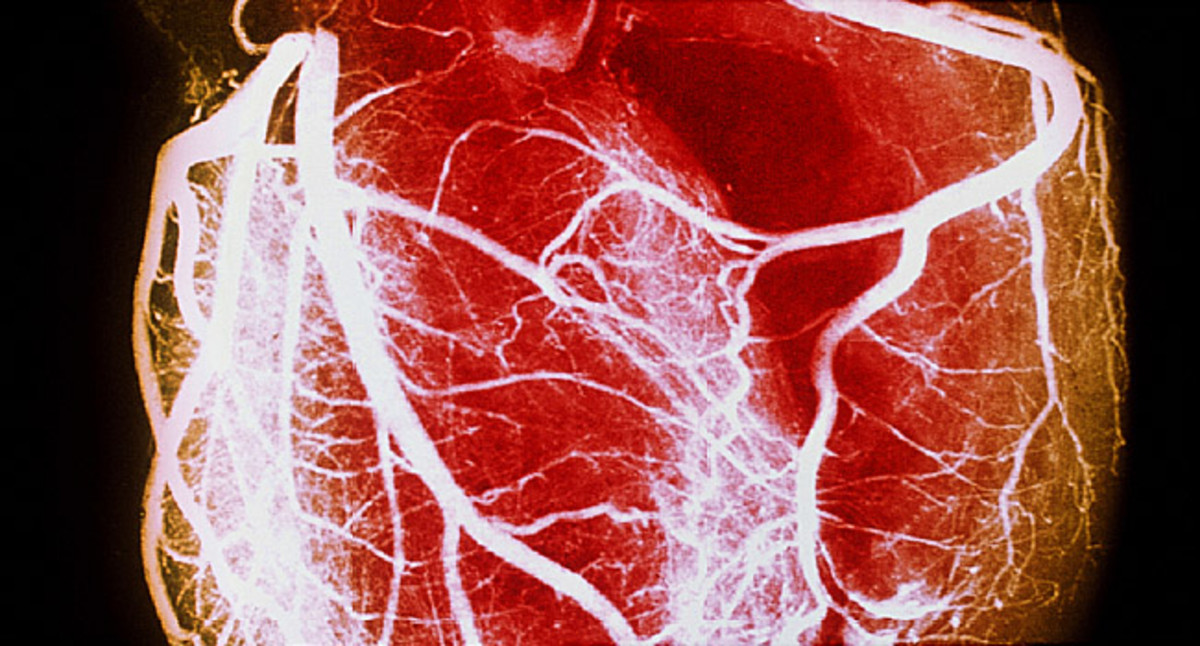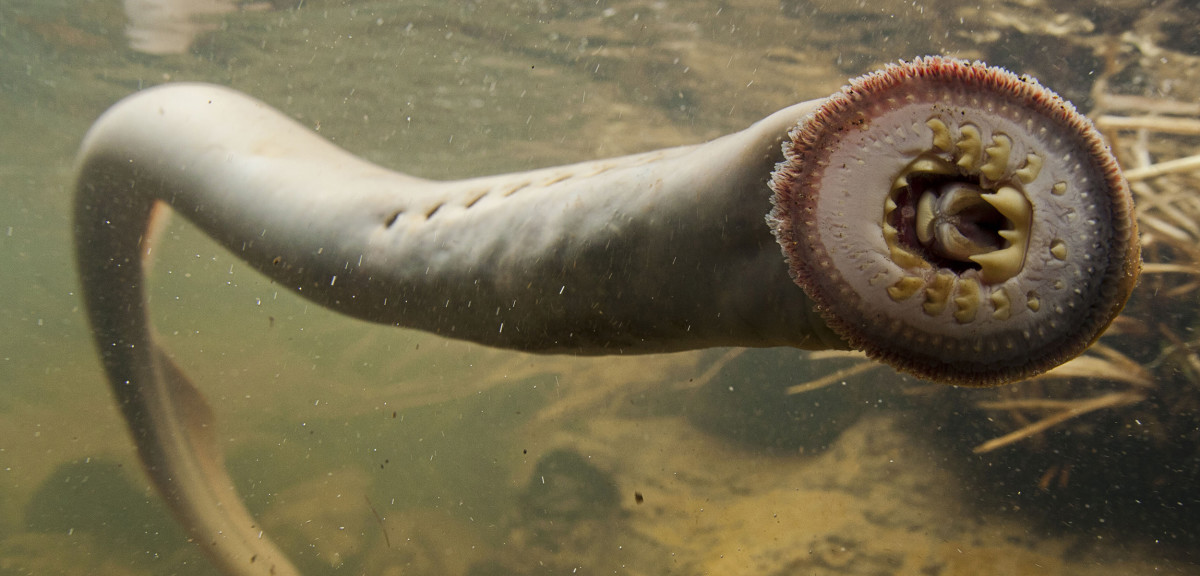The Circulation Highway
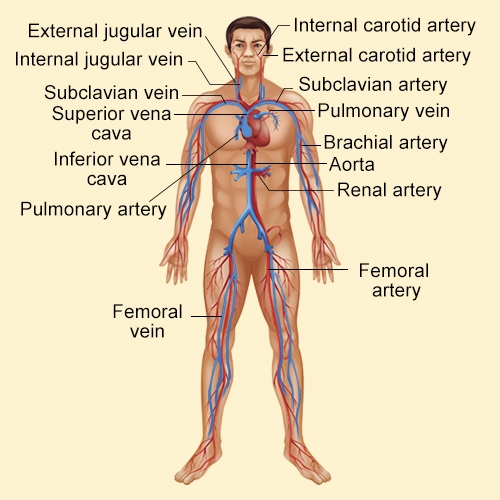
Outline the path that blood travels as it circulates through the pulmonary, systemic, and coronary circuits of the cardiovascular system. Start your description at the right atrium to describe how blood travels through the chambers. Include identifications of the specific valves the blood moves through, as well as the major vessels that carry it to and from its destinations. In each area, indicate whether the blood is oxygenated or deoxygenated.
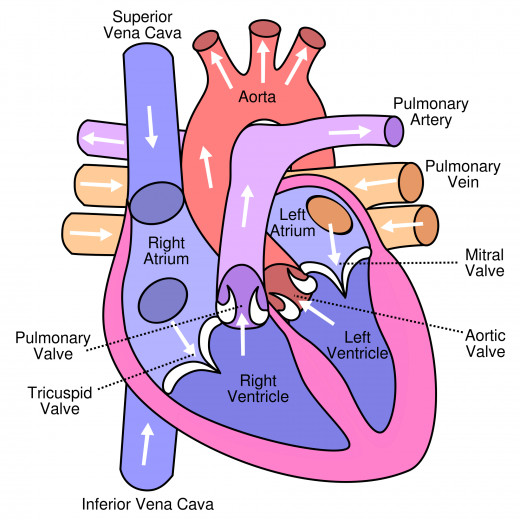
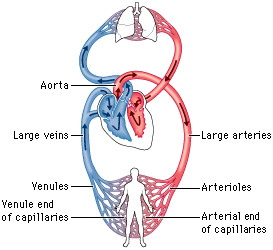
The cardiovascular system is an organ system that encompasses the heart and blood vessels of the body; it carries blood, oxygen, and nutrients to organs and tissues of the body as well as waste and carbon dioxide from these tissues for removal from the body (Moll, 2014). The cardiovascular system is composed of two main circulatory paths: pulmonary circulation and systemic circulation. The pulmonary circulation is the movement of blood from the heart to the lungs for oxygenation then back to the heart again (Boundless, 2014). The systemic circulation is the movement of blood from the heart through the body to provide oxygen and nutrients, and then the bringing of deoxygenated blood back to the heart (Boundless, 2014). The coronary circulation is the blood supply to the heart muscle and is considered a part of the systemic circulation (Boundless, 2014). In the cardiovascular system blood is circulated through the pulmonary, systemic, and coronary circuits.
The blood circulation in the cardiovascular system begins when the blood enters the right atrium of the heart through the superior vena cava and the inferior vena cava; at this point the blood is low in oxygen since it has returned from nourishing various body parts with oxygen (The Virtual Body, 2014). The blood then travels to the right ventricle through the tricuspid valve; the tricuspid valve ensures that the blood only flows in one direction (The Virtual Body, 2014). The right ventricle is the lower right-hand chamber of the heart; it works with the left ventricle to force the blood out of the heart and into the arteries in order to be carried back to the various sites throughout the body (InnerBody, 2014).
From the right ventricle the muscle of the heart pumps the blood through the pulmonary arteries to eliminate the carbon dioxide and to acquire new oxygen (The Virtual Body, 2014). The blood flows through the lungs and back to the heart through the pulmonary veins that leads the blood to the left atrium of the heart (The Virtual Body, 2014). The left atrial wall then contracts pushing the blood through the bicuspid valve and into the left ventricle (The Virtual Body, 2014). Next the left ventricle contracts and forces the oxygen-rich blood through the aorta. The aorta is a large artery that has branches that distributes the blood throughout the human body (The Virtual Body, 2014). The cycles then begins again as the atrial walls and the ventricular walls contract and relax causing the valves of the heart to open and close in sync (The Virtual Body, 2014).
The four chamber design of the human heart allows for the separation of oxygenated blood from deoxygenated blood and for steering the blood through the two circuits of the heart (Christensen, 2014). One of these circuits is known as the pulmonary circuit which carries deoxygenated blood away from the heart and delivers it to the lungs where it picks up the oxygen and returns the now oxygenated blood to your heart (Christensen, 2014). The other circuit is referred to as the systemic circuit which carries oxygenated blood away from the heart, takes it to the rest of the body where its oxygen is delivered, and returns deoxygenated blood to the heart (Christensen, 2014).
References
Boundless. (2014, June 27). Systemic and Pulmonary Circulation. Retrieved December 4, 2014, from https://www.boundless.com/physiology/textbooks/boundless-anatomy-and-physiology-textbook/the-cardiovascular-system-18/circulation-and-heart-valves-173/systemic-and-pulmonary-circulation-872-1153/
Christensen, S. (2014). Systemic Circuit. Retrieved December 6, 2014, from http://education-portal.com/academy/lesson/systemic-circuit-definition-blood-flow-quiz.html#lesson
InnerBody. (2014). Human Heart. Retrieved December 6, 2014, from http://www.innerbody.com/image/card01.html
The Virtual Body. (2014). Retrieved December 4, 2014, from http://medtropolis.com/virtual-body/

